Kkotdam (꽃담)
11.5 Km 206 2021-04-13
29-7, Gyoyukcheong-gil, Haenam-gun, Jeollanam-do
+82-61-536-8218
It uses only sweet potato sprouts produced in Haenam and Korean silver cutlassfish. The best menu at this restaurant is braised cutlassfish. This Korean dishes restaurant is located in Haenam-gun, Jeollanam-do.
Chamil Neungi Beoseot Baeksuk (참일능이버섯백숙)
11.6 Km 111 2021-03-26
61, Gyoyukcheong-gil, Haenam-gun, Jeollanam-do
+82-61-536-6664
It is a good place to enjoy Korean dishes for health. This restaurant's signature menu is whole chicken soup with shingled hedgehog. This Korean dishes restaurant is located in Haenam-gun, Jeollanam-do.
Worlindang [Korea Quality] / 월인당 [한국관광 품질인증]
11.8 Km 8235 2023-04-13
37-11, Mojeong 1-gil, Gunseo-myeon, Yeongam-gun, Jeollanam-do
+82-61-471-7675, +82-10-6648-7916
Wolindang is a hanok stay located in “Mojeong Happy Village", Gunseo-myeon, Yeongam-gun. The name “Wolindang” means “The place where the moonlight meets the chimney smoke over the forest" in Korea. It was named as such because the locals make sure the structures are in perfect harmony with the surrounding nature. With comfortable rooms and various things to do in nature, it's a great place to stay for a family vacation. Wolindang is situated on a hill overlooking the plain. There, you will see Wolchulsan Mountain to the east, Eunjeoksan Mountain to the west, and the fields in the northern part of the village. The village is most well known for its beautiful moonlight, particularly when it cascades down from the peak of Wolchulsan Mountain. It's one of the best places in the country to see the full moon throughout the four seasons. Even the guestrooms are named after the natural features of the village, such as “Mountain Sunset” where you can enjoy the beautiful sunset, “Crescent Moon” where you can feel the calm of the moonlight, and "Plain" where you can enjoy a panoramic view of the plains. There are Oriental paintings by Baek Seungdon and Kim Seungnam in each of the rooms, and that's why the rooms are collectively called "The Wolin Museum" among the locals. As you take a walk in the village, you will see many murals, which are the paintings of the 12 different landscape views seen from Wonpungjeong Pavilion at the end of the village. The murals include some poems written by the villagers. In 2005, the owner of this place moved back to this village, his hometown, and built this traditional Korean house in a large vegetable garden right below the house where his family has lived since the time of his great-grandfather. The house has all the features of a traditional Korean house, including the “numaru”, main floored room, flat stone floor, and red clay walls. The “numaru” and “toenmaru” in particular are great places to enjoy the wind and see the clear sky. Guests can enjoy a meal or tea in the "numaru" located next to the “Plain Room”. The flat stone floor is designed for floor heating from the kitchen furnace, just like the rooms in a house were heated in the past. The kitchen furnace can be used as a BBQ or to cook sweet potatoes. The floors in the room are covered with traditional Korean paper and furnished with starched sheets and blankets. There are a number of programs with nature as the theme for the guests to enjoy as well, such as the “Tea Drinking Experience” program where you get to make and drink your own green tea and yellow tea in the traditional Korean way and “Natural Dyeing Experience” where you can dye your own handkerchief or T-shirt using natural materials such as persimmon, safflower, and tree. Other programs include the cooking class where guests get to make knife-cut noodles with adzuki beans and Korean wheat dough. There is a volleyball court in the grass yard. These traditional experience programs and the large grass yard are two of the main reasons why large families choose this place to stay overnight. As such, this is one of the most recommended guesthouses for families with children or old parents planning for a trip.
Jeongseong Hanuchon (정성한우촌)
11.8 Km 105 2021-03-26
146-7, Nambusunhwan-ro, Haenam-gun, Jeollanam-do
+82-61-535-9393
Only prime Hanwoo (Korean beef) is used. This Korean dishes restaurant is located in Haenam-gun, Jeollanam-do. The most famous menu is grilled boneless ribs.
Dalbit Smile [Korea Quality] / 달빛미소 [한국관광 품질인증/Korea Quality]
11.9 Km 17 2021-03-29
49, Dalbithanok-gil, Gangjin-gun, Jeollanam-do
This hanok (traditional Korean house) guesthouse is nestled in the folds of Wolchulsan Mountain, in Gangjin’s Dalbit Hanok Village, a collection of hanok houses. The treasure of this place is the view of nature: Sitting on numaru (raised floor space), which has an open view to the three sides, one has a view of the Wolchulsan National Park and the green tea fields nearby. A wide courtyard serves as the home of flowers and the playground of the puppy in the residence.
There are three rooms in total, all Korean-style ondol (under-the-heating system) rooms. Rooms are decorated with folk painting, dried flowers, and old-style ornaments to recreate the comfortable and charming atmosphere of rural Korea. Sunlight and moonlight filter between the screen doors, making one realize staying in a hanok building. Dalbit Room has a numaru for an even better view, where one can enjoy a cup of tea while appreciating the view of nature. Smile Room has access to jjongmaru (balcony). Another important thing that must be mentioned at Dalbit Smile is its breakfast: the owner, who is licensed in Korean and Chinese cuisine, offers a robust table of heartwarming home food every morning.
It takes about 5 min by car to reach Gangjin’s famous tourist sites like Baegundong Garden and Gangjin Dawon (tea plantation), while Wolchulsan National Park is reachable in 10 min.
Hosanjeong (호산정)
13.2 Km 118 2021-03-26
140, Gosan-ro, Haenam-gun, Jeollanam-do
+82-61-534-8844
A Korean chicken-based course menu is served. The best menu at this restaurant is whole local Korean chicken soup. This Korean dishes restaurant is located in Haenam-gun, Jeollanam-do.
Gosugol Garden (고수골가든)
13.4 Km 117 2021-03-26
159-41, Gosan-ro, Haenam-gun, Jeollanam-do
+82-61-536-3525
A Korean chicken-based course menu is served. The best menu at this restaurant is whole local Korean chicken soup. This Korean dishes restaurant is located in Haenam-gun, Jeollanam-do.
Lieu de naissance de Yeongnang Kim Yun-sik
13.6 Km 15020 2019-08-10
15 Yeongrangsaenga-gil, Gangjin-eup, Gangjin-gun, Jeollanam-do
+82-61-430-3185
Kim Yun-sik a vu le jour dans cette maison le 16 janvier 1903, en tant qu’aîné d’une fratrie de deux fils et trois filles. Sous le nom de plume Yeongnang, il aété un écrivain très actif jusqu’à sa mort le 29 septembre 1950. Parmi les 80 poèmes qu’il a publiés, plus de 60 ont été écrits à cet endroit où il a vécu en tant que résistant contre l’impérialisme japonais (il a par exemple refusé de changer son nom en nom japonais). Après avoir déménagé à Séoul en 1948, son lieu de naissance a été vendu plusieurs fois, mais le comté de Gangjin-gun l’a acheté en 1985 pour le restaurer en son état d’origine d’une maison au toit de chaume. Le site abrite plusieurs objets évoqués par le poète, parmi lesquels un petit puits, des camélias, un jangdokdae (plate-forme où l’on entreposait les gros pts servant à stocker la nourriture), des plaqueminiers et un jardin de pivoines.
* Dimensions : Maison et dépendances : 4 422 m²
Lac Yeongamho (lieu de migration des oiseaux) (영암호(철새도래지))
13.9 Km 6083 2020-05-29
Yongyang-ri, Samho-eup, Yeongam-gun, Jeollanam-do
+82-61-470-6071
Le lac Yeongamho s'agit d'un immense lac qui se forma suite à un projet national d’aménagement du territoire en Novembre 1996. Depuis ce jour, environ 100 espèces d'oiseaux migrateurs se rendent sur les vasières pendant l’hiver car elles regorgent de nourriture. On y compte pas moins de 300 000 oiseaux chaque année. L’estuaire où l'eau de mer et l'eau douce se rencontrent est idéal pour les poissons. C'est peut-être le seul lieu en Corée où l’on peut y trouver des poisons qui vivent habituellement dans les eaux profondes de l’océan.
Terminal de Bus Gangjin
14.0 Km 2560 2015-10-26
167-1 Pyeongdong-ri Gangjin-eup Gangjin-gun Jeollanam-do
+82-61-432-9666
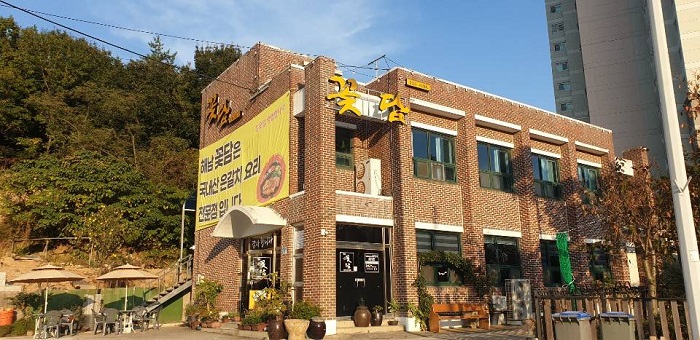
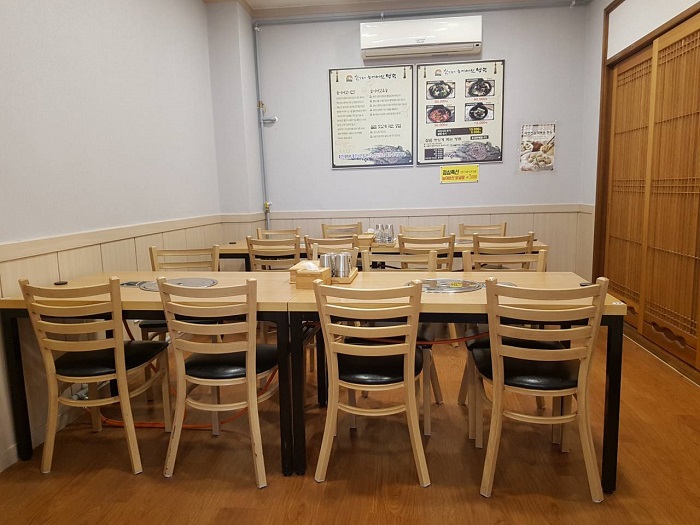
![Worlindang [Korea Quality] / 월인당 [한국관광 품질인증]](http://tong.visitkorea.or.kr/cms/resource/69/2574169_image2_1.jpg)
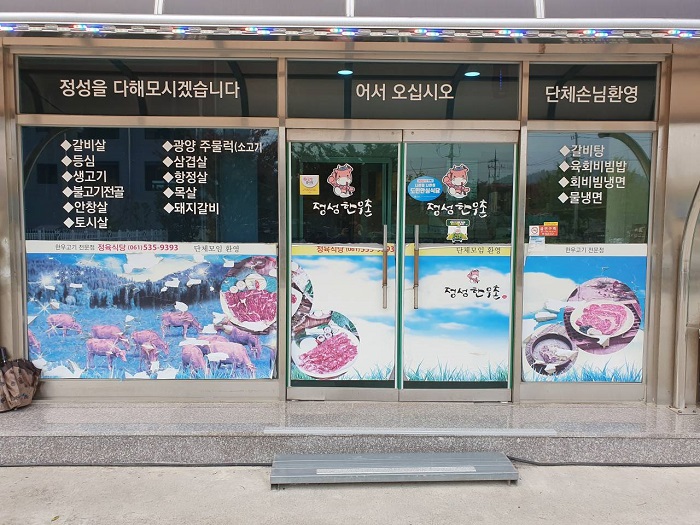
![Dalbit Smile [Korea Quality] / 달빛미소 [한국관광 품질인증/Korea Quality]](http://tong.visitkorea.or.kr/cms/resource/51/2706151_image2_1.jpg)
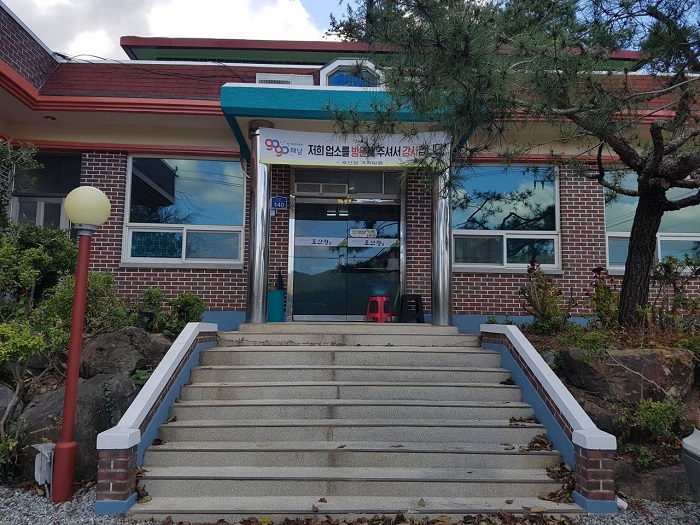
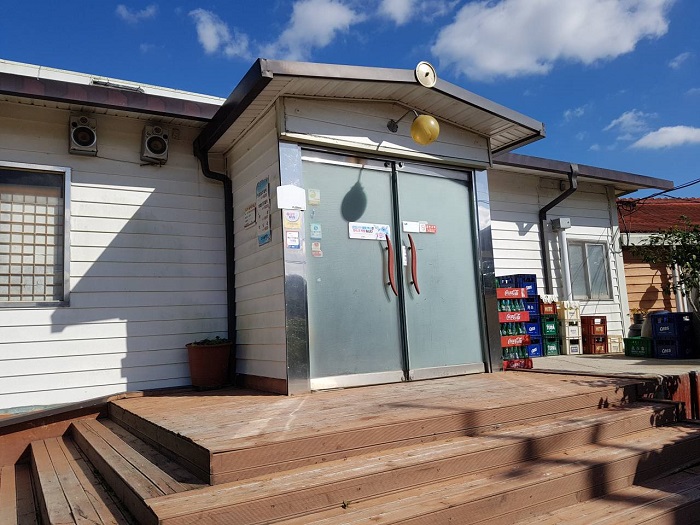
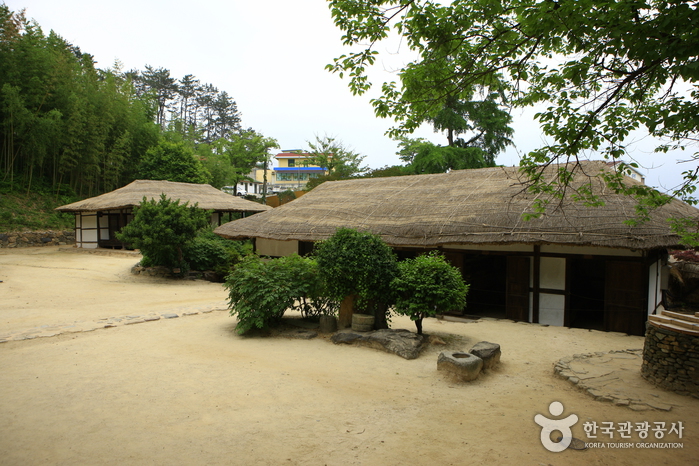
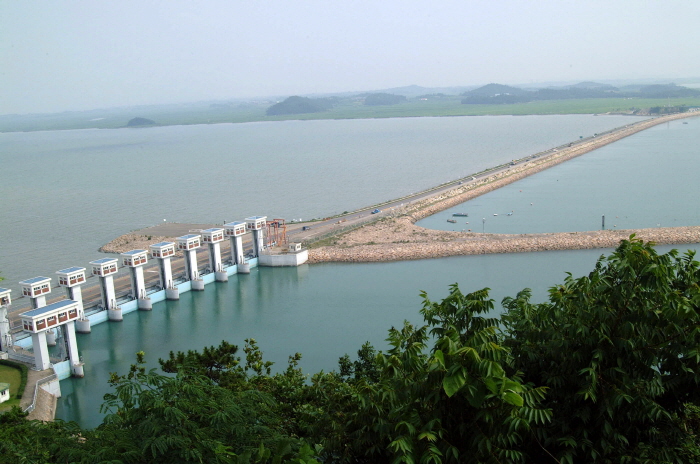

 Français
Français
 한국어
한국어 English
English 日本語
日本語 中文(简体)
中文(简体) Deutsch
Deutsch Español
Español Русский
Русский